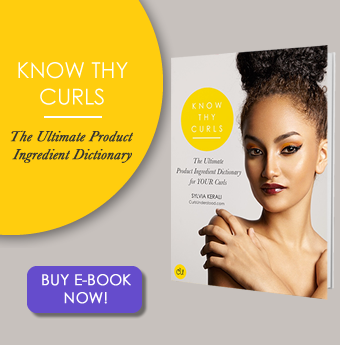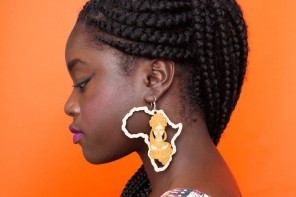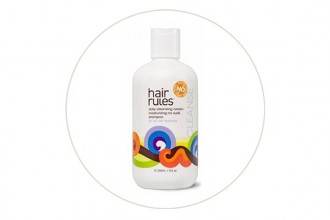Hi beauties! I’m Jessica from Heygorjess.com which is a blog about natural hair, health, and God. I went natural about 7 years ago and I had no idea what I was doing back then! I honestly didn’t even realize I was transitioning! But it would have been so much easier if I had some help. So I’m going to give you 5 of my top tips for transitioners out there! I hope they help :)
1 Stop whatever you’re doing that caused the damage
If your hair is damaged due to color…stop coloring it. If you have heat damage.. stop straightening! Simple right? Not really… cause us females can be so stubborn lol. But you have to let go of whatever is holding you back from going completely natural. That’s whats so hard about transitioning – it involves a lot of change and sacrifice. But it’s the only way it can be done but it is so worth it!
2 Moisturize!
This is super important! Now that you’ve followed tip #1 and stopped damaging your hair, your new growth is starting to grow in and you have two completely different textures at the same time (which is very hard to manage by the way). Your new, curlier roots do not work well with your old hair (especially if you’re transitioning from relaxed hair). This can cause a lot of breakage and shedding – so your hair needs tons of moisture to keep it strong.
Moisturizing includes deep conditioning once a week (some of my favorites are Shea Moisture’s Deep Treatment Mask and Trader Joe’s Nourish Spa Conditioner), and applying water to it is much as possible. You can do this by spritzing your hair with water every morning and night if you can. This isn’t always possible cause spritzing water makes my hair frizzy, but if I’m just wearing a bun all week I’ll spray water on it morning and night.
Also, coconut oil is my best friend! Its the only product I really use to moisturize besides conditioners. Apply it whenever you feel your hair is getting really dry – especially to the roots! I talk more about moisturizing here.
3 The quicker you cut off the dead hair – the easier the process will be.
As I mentioned, having two different textures is really hard to manage. That’s why I suggest doing the big chop as soon as possible. It takes away some of the frustration of trying to work with two completely different textures and you can just focus on making your hair healthy and retaining length. Think about it… if part of your hair is relaxed, and part is not, you’ll need different products and maintenance for the different parts of your hair. And how does it even look? Crazy!
So if you can handle the short hair – go for it! But I don’t say this to pressure you in any way. Cutting off your hair is very scary. I know because I’ve been there! And my hair was very short with lots of shrinkage when I first cut off my relaxed hair. So do it when you’re ready.
I didn’t really have a plan for when I was going to cut off the relaxer – I just got fed up one day and went to the salon and did it. I just couldn’t take it anymore. But if you’re too afraid, just cut off the damaged hair gradually. You can get frequent trims and go through the process at your pace. Or, you could still chop it off but add some extensions to help while you wait for your hair to grow.
4 Get protective styles/weaves/wigs etc.
As I just mentioned, protective styles and or weaves/wigs are an awesome way to help transition. I wish I knew more about this when I first big chopped 6 years ago. It would have made it so much easier! There are so many different weaves out now that really help. I suggest getting a sew-in that matches the texture of your new hair. This way you don’t have to put heat on your new growth to blend with the weave, and you can still have long hair while waiting for new growth to come in.
There are also some very nice wigs out there that look completely natural and you can even blend them with your new growth! And of course there’s micro braids and twists, etc. These are also a very easy way to help you with your transitioning process.
5 Wear styles that help you blend your new growth with your existing hair texture.
While transitioning, you obviously can’t do a wash n’ go yet. So bantu knots, braid outs, twist outs, etc are some great styles that give your hair a consistent-looking curl pattern. There are tons of tutorials on how to do these styles on YouTube and I did one myself on how to do a two strand flat twist-out here!
I hope this was helpful! If you have any other questions, feel free to email me at [email protected] and check out my YouTube channel and other social media outlets (Instagram; Twitter; Facebook) for other tips and advice! :)








